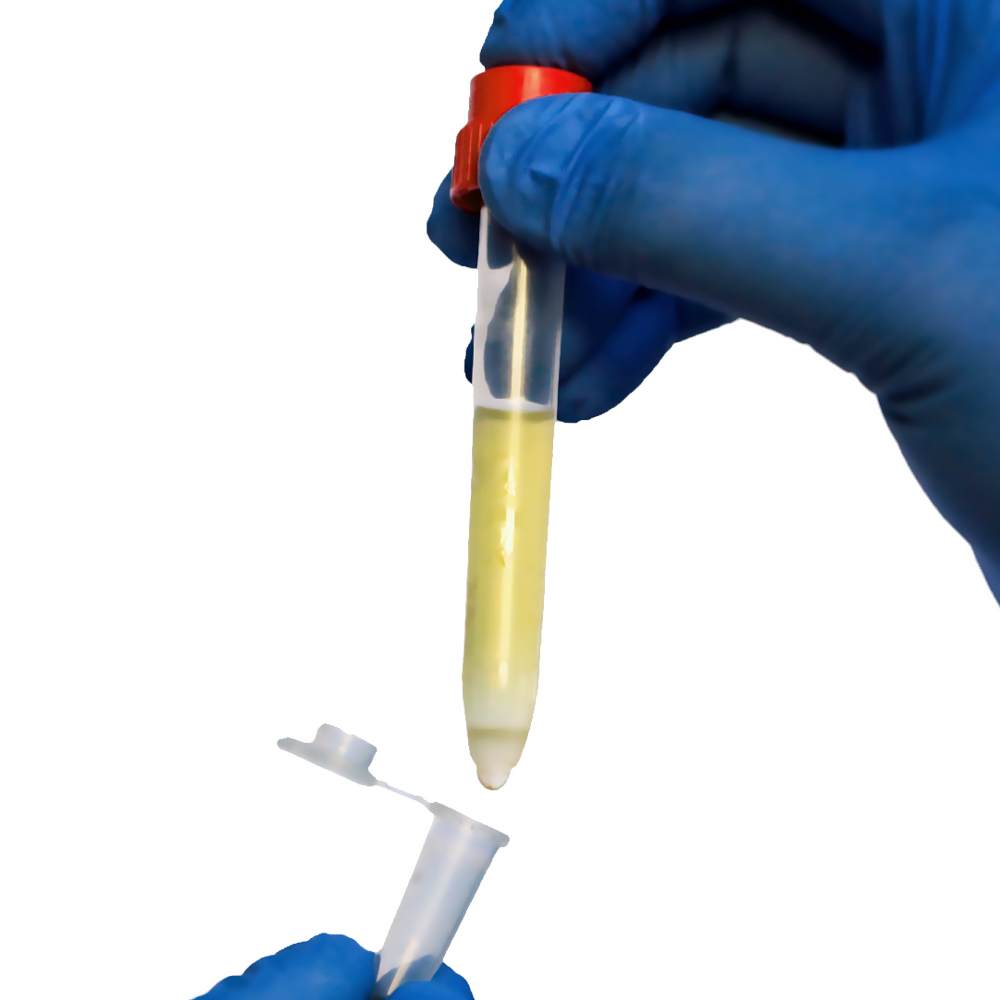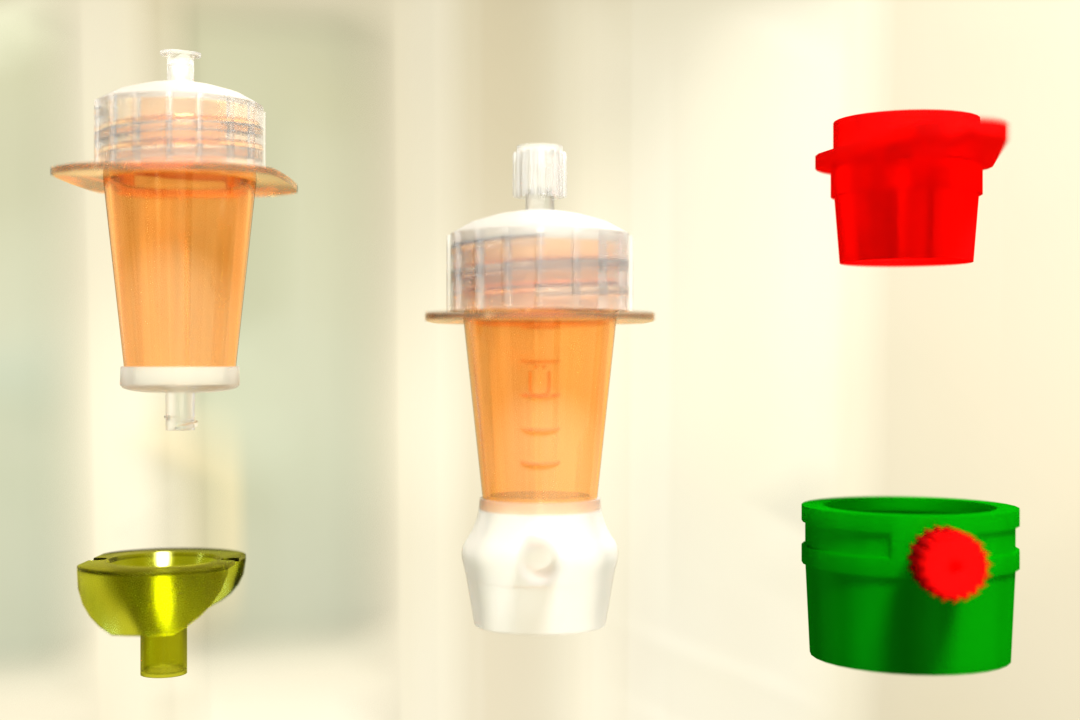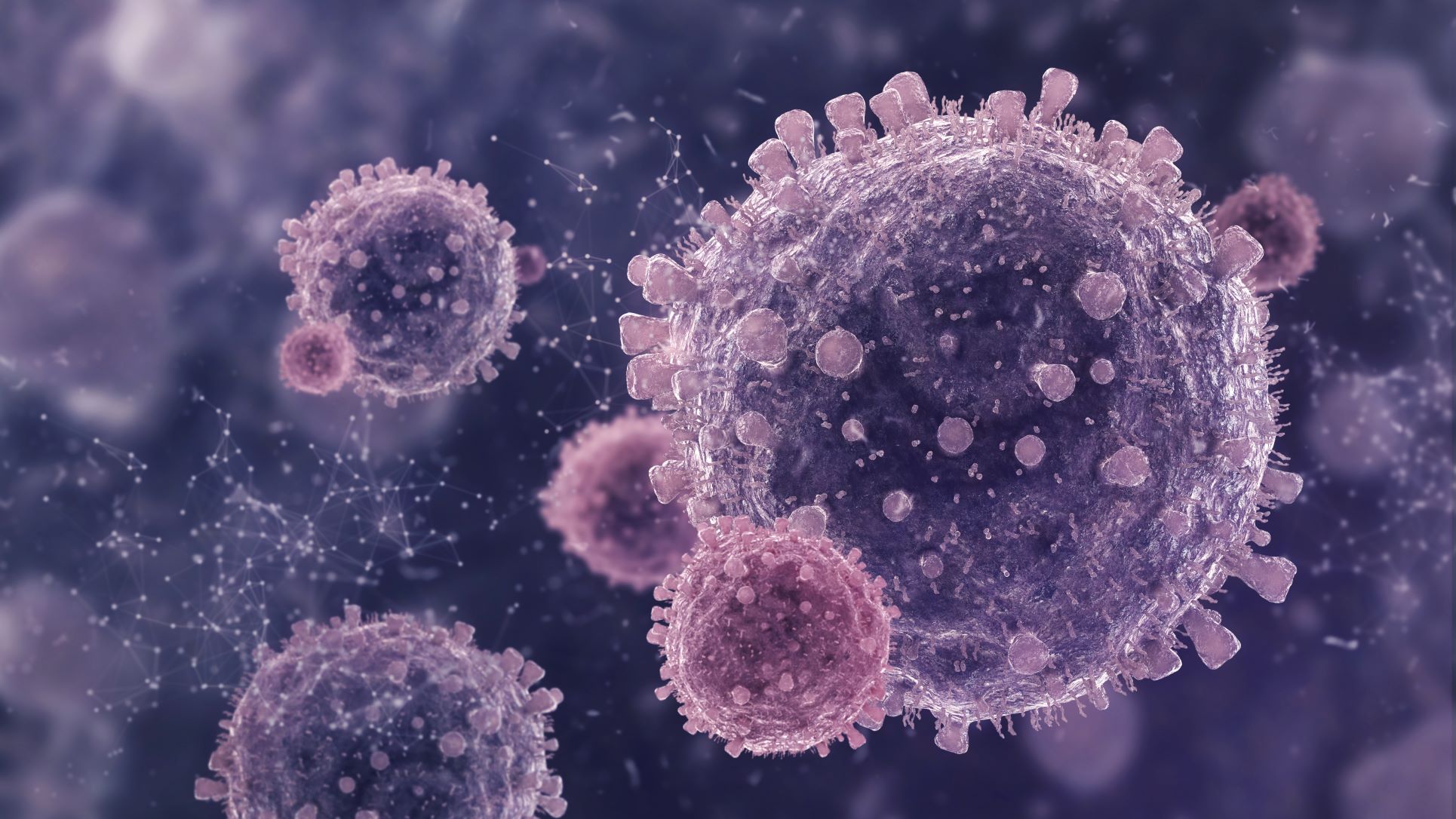B and T cells work together to protect the human body from harmful pathogens. This blog discusses the functions and the various particle separation technologies.
B and T cells work together to protect the human body from harmful pathogens. While some cell subsets are more well-known than others, each cell type is necessary for health. B cells, for example, are well-known, but many people are unaware that their function is to produce antibodies, regulatory proteins, and cytokines to aid less well-known effector T cells.
Researchers must isolate and study human B cells in order to fully comprehend the human immune system. We will explore the various particle separation techniques below.
Functions of B Cells in Humans
Human B cells aid in the immune response by regulating immunoglobulin levels, producing antibodies, and forming memory immune cells that aid in long-term immunity. They collaborate with T cells as part of the adaptive immune system to produce humoral immunity. B cells are constantly in circulation in the immune system, providing the best protection against new and previously encountered pathogens.
Human B Cell Separation
There are numerous subsets of B cells and methods for separating them. Isolating different subsets aids in the identification of various aspects of the immune response. Some B cells can even be manipulated or used in practical ways. Inactivated B cells, also known as Naive B cells, have not been exposed to antigen-presenting cells. When Naive B cells are exposed, they differentiate into more specific subsets. Scientists can study differentiated B cells not only for how they live and function but also for how they develop into more specialized cells.
Human B Cell Isolation Protocol
B cells can be isolated from whole blood, peripheral blood mononuclear cells (PBMC), or leukopak samples. Leukopaks are enriched apheresis products that contain concentrated levels of monocytes, lymphocytes, red blood cells, platelets, and plasma, which can then be isolated into specific cell subsets. Isolation techniques can necessitate complex and costly equipment that necessitates resources to set up, store, and train personnel. Other, less expensive techniques are time-consuming and can only be used to isolate specific cell populations. Finding a method that balances ease of use, affordability, and dependability is the challenge of human B cell isolation.
PluriStrainer
PluriStrainer is a sterile sieving device for obtaining true single-cell suspensions or removing cell aggregates. It is one of the best Lab Cell Strainers. Its unique design allows for better ventilation to prevent clogging and can be used in conjunction with a Connector Ring (41-50000-03) to support filtration using low pressure.
Applications
PluriStrainer
Plug the pluriStrainer onto a 50 mL tube. Place your sample material on top. Your sample material will only be processed in part. By inserting a syringe into the Connector Ring, you can force low pressure to support the straining of rough sample material while pulling the piston.
Stacked pluriStrainer
PluriStrainers, the best Lab Cell Strainers, come with different mesh sizes that can be stacked to strain different cell sizes at the same time.
Reversed pluriStrainer
To obtain the larger fraction, remove the pluriStrainer, turn it upside down on another 50 ml tube, and flush the sample back into the pluriStrainer.
PluriStrainer with Connector Ring
It lets you control the flow rate by opening and closing the Luer-Lock, which is useful for physical tissue dissociation (brain, spleen, etc.). The sample material will flow through when you open the Luer-Lock.
PluriStrainer with Funnel
On the pluriStrainer, insert a funnel (42-50000-03). You can also add up to 24 mL of sample material.
Connector Ring, PluriStrainer®, and Syringe
By attaching a syringe to the Connector Ring, you can apply low pressure to aid in the straining of rough sample material while pulling the piston.
Specifications
- Mesh Size: 1 – 500 μm
- Mesh Material: PET
- Mesh Type: Woven
- Housing Material: LD-PE (Low-Density Polyethylene)
- Sterility: Gamma Ray Sterilized
Key features
- Sieving with mesh sizes ranging from 1 to 500 m is a straightforward procedure.
- Reverse the process to get the larger fraction.
- Multiple target sizes can be stacked.
- Larger sample volumes require a funnel.
- Connector Ring for Flow Control
- To aid sieving low pressure is used.
Using positive selection, when the specific antibody will bind directly to the cells, all undesirable cells will be separated from the labeled and desired cells during the subsequent enrichment steps because they are all unbound. A cell strainer is the simplest way to keep labeled cells in place when coupled to a solid phase. Any type of sample material may be used, including PBMC, secretion or excretion material, whole blood, buffy coat, spleen, liver, and so on.
Two Different Bead Sizes are Available
- S-pluriBead: It is used in large sample volumes with a small number of targets.
- M-pluriBead: A versatile material that can be used to achieve multiple goals while using less material.
Key features of Pluribead
- No Sample Preparation: Use a sample volume ranging from 200 l to 45 ml with no erythrolysis, gradient centrifugation, or other techniques.
- Any type of sample material, such as PBMC, secretion/excretion material, brain homogenate, spleen, liver, buffy coat, whole blood, and so on, can be used.
- Suitable for Isolation from a Wide Range of Species: Isolate from sheep, mice, rats, cows, dogs, and other animals.
- Cell division can begin within five minutes of isolation.
- Simultaneous Cell Isolation Using PluriBead Cascade: Separate two different cell types from the same sample material at the same time.
- Using sequential cell isolation, you can isolate up to six different targets from a single sample.
If you’re interested in human (or mouse) B-cell isolation, contact one of our experts today! Check out how a simple strategy or particle separation technique helps in resolving some long-standing issues in cell separation!
Reference:
NCBI
 English
English French
French
 German
German
 Spanish
Spanish
 Belgium
Belgium
 Italian
Italian Brazil
Brazil Chinese Mandarin
Chinese Mandarin




